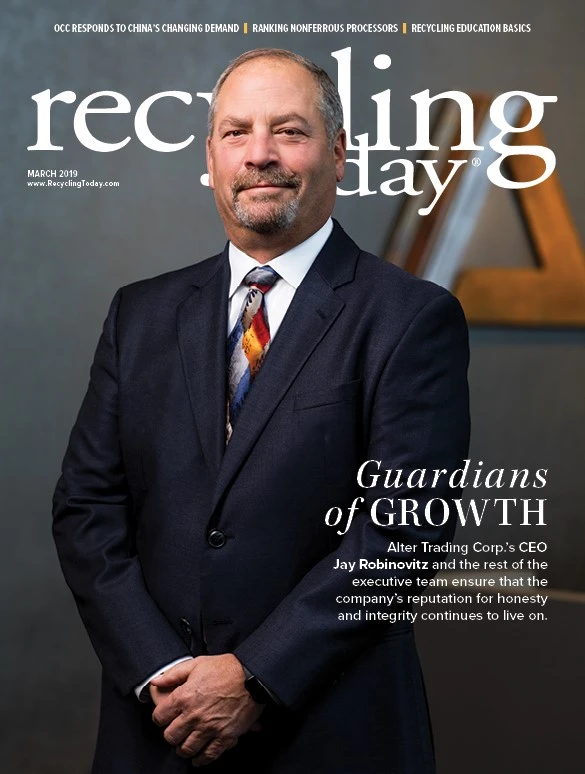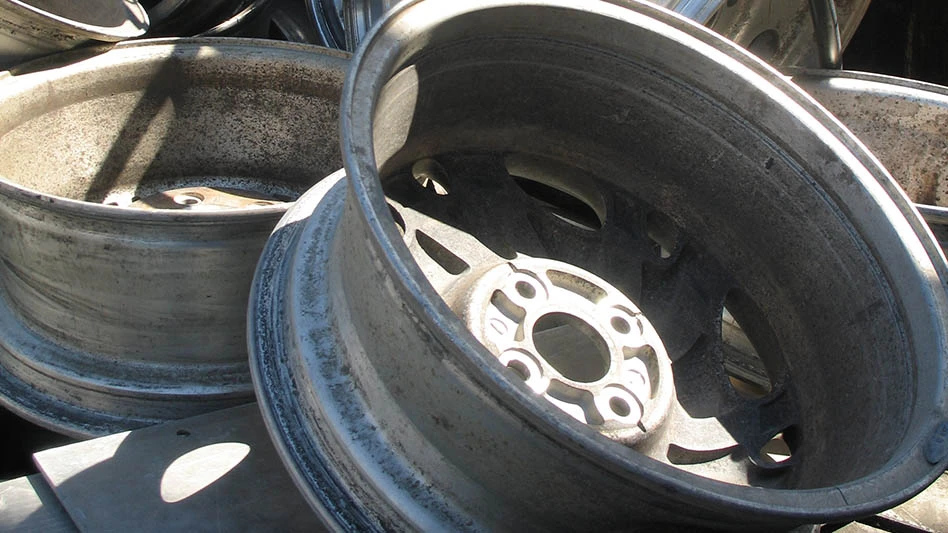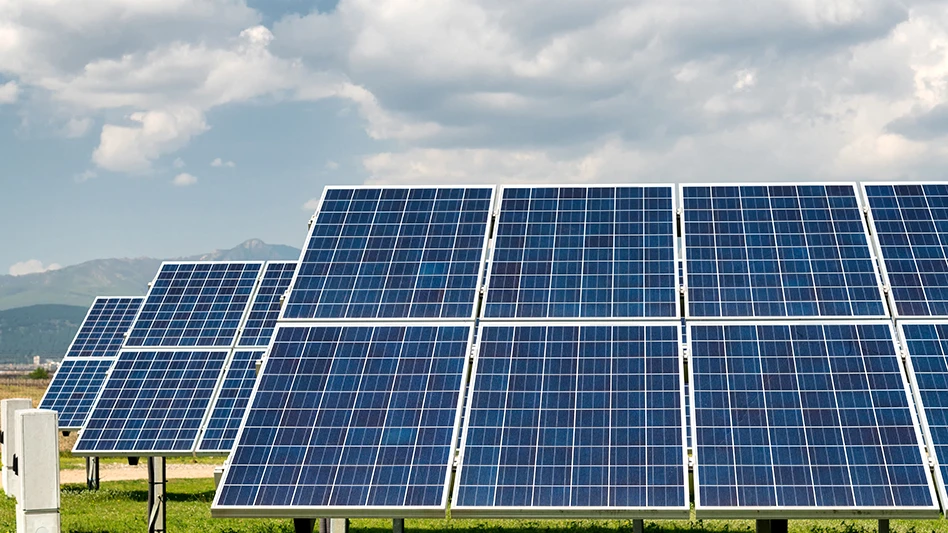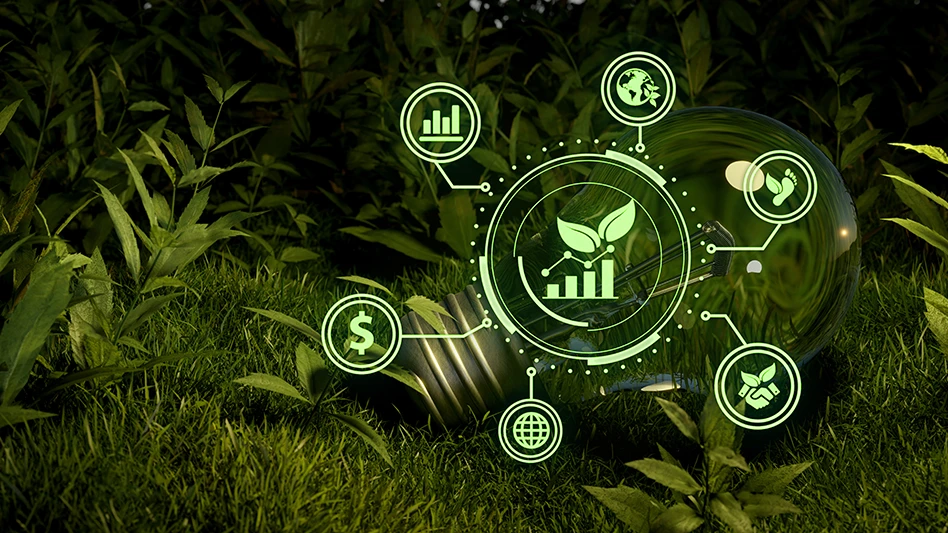
The city of Arequipa in southern Peru, which is surrounded by three volcanoes, has a geographic and geological link with molten materials. Therefore, the city may have been destined to serve as the birthplace of Aceros Arequipa S.A., a steelmaking firm that is in the process of expanding its ability to melt ferrous scrap into molten metal and make new steel products.
Aceros Arequipa is the operator of growing electric arc furnace (EAF) steelmaking capacity in Peru, along with two rolling mills and a network of scrap yards and steel distribution centers. Diego Arróspide Benavides, the strategic sourcing manager of Aceros Arequipa, says the company has grown through acquisition and by investing in new technology, using those same approaches to enter the next decade on a track to further growth.
Rolling forward
Aceros Arequipa was founded in the city of Arequipa in 1964, and two years later began its operations with the startup of the company’s first rolling mill for steel products. The company started out by manufacturing angles, plate and profiles for customers in Arequipa and in Lima, Peru’s capital and largest city.
In 1983 Aceros Arequipa started up its second rolling mill in Pisco, Peru, a city on the Pacific Ocean coast about 350 miles northwest of Arequipa. In 1987, the company merged with Laminadora del Pacifico S.A., a steelmaker with melt shop capacity as well as the ability to manufacture billets.
“Both milestones were fundamental for the decentralization of our production and expansion of our product portfolio [into] rebar and wire rod,” Arróspide says. “After these steps, toward the end of the ’80s, we became the main supplier of steel products in the domestic Peruvian market.”
In 1996 the company invested to enter the scrap alternatives market by purchasing and operating a direct reduced iron (DRI) plant in Pisco. At the time, the company saw manufacturing sponge iron as a way to improve the quality of its steel and increase production capacity.
Aceros Arequipa, which now is listed on the Lima Stock Exchange and maintains its corporate headquarters in that city, has not stopped growing since that DRI investment. The very next year, Aceros Arequipa acquired 100 percent of the shares of Aceros
The company grew organically in 2013 with the construction of its second rolling mill in Pisco, the city that now serves as home to its largest production center.
In September 2018 Aceros Arequipa acquired steel flat products distributor
Despite its investment in the DRI plant (which is no longer running), Aceros Arequipa has continued to be a major consumer of ferrous scrap, buying on the global market and operating a network of six scrap yards in South America.
In 2018, Aceros Arequipa earned revenue of more than $780 million, with EBITDA (earnings before interest, taxes, depreciation
Casting a wide net
With current EAF capacity of 900,000 tons per year and plans underway to increase that by building the new furnace, Aceros Arequipa (and Arróspide in particular) is always in the market to procure ferrous scrap to keep its production facility in Pisco running at full speed. “We can melt almost 900,000 tons of scrap (or substitutes) per year in order to produce billets,” Arróspide says, citing a figure that will climb to 1.3 million tons when it starts up its new furnace in 2020.
“We try to buy as much as we can from the domestic market,” he says, adding that the firm also brings in scrap from neighboring nations such as Bolivia and Chile by truck, container or small bulk vessels.
Within Peru, Aceros Arequipa operates four scrap recycling facilities in the cities of Arequipa, Callao, Lima
Beyond South America, Arróspide says of Aceros Arequipa’s scrap needs, “The rest we cover with big bulk vessels; these are 35,000-ton shipments, mainly from the United States.” The company usually buys these loads “directly from scrap recyclers,” he adds.
Aceros Arequipa currently buys about 10 such bulk cargoes annually, but that number could double when the company’s larger EAF comes online in 2020.
On the global market, Aceros Arequipa mainly buys shredded scrap and some heavy melting steel (HMS), and Arróspide notes that those grades are compatible with the size of its current furnace. “Once we fire up the new furnace, we will swap the mix, and our main grade will be HMS, along with some cut grades,” he says.
“Aceros Arequipa distinguishes itself in the ferrous scrap space by handling its own ocean freight arrangements internally,” says ferrous scrap trader Nathan Fruchter of New York-based Idoru Trading Corp.
He adds, “Having the luxury of a well-seasoned, in-house logistics and
Looking back on his career, Fruchter recalls that “historically, Turkish steel mills were buying their scrap cargoes [and] chartering their own vessels in the ’80s and early ’90s, because the Turkish government was giving them certain tax rebates for chartering Turkish-flagged vessels. Once that stopped, they all switched to CFR (cost and freight) terms, leaving the chartering to the seller.”
He adds, “To the best of my knowledge, Aceros Arequipa is today the only steel mill that still buys on a FOBST (freight on board, stowed and trimmed) basis, chartering its own vessels. It is an old-fashioned habit that has served Aceros Arequipa well over the years. Having said that, Aceros Arequipa will always consider sellers’ CFR offers, if sellers prefer to sell on that basis.”
Aceros Arequipa’s strategic sourcing team, along with Fruchter as a consultant, always researches the wider global scrap market. “We always explore options in Europe and Asia, but the freight cost is an important factor to consider,” Arróspide says. “Still, we keep all options open and hope that one day we can buy from Europe and other regions.”
Navigating unwelcome waves
Aceros Arequipa’s global business model has not been helped by recent global trading conditions, Arróspide says.
On the finished steel side, Aceros Arequipa concentrates on serving customers in Peru and South America, predominantly by selling them rebar. The company operates five steel distribution centers in Peru and two in Bolivia.
Aceros Arequipa has found itself competing, however, “with distributors importing products from China, Brazil or Turkey at very low prices,” Arróspide says.
He expresses concern for global steel pricing in the face of reported overcapacity in China. “If Chinese domestic consumption stays as it is and they don’t cut production, which market will that steel go to? What will happen to prices?” Arróspide asks.
At the same
Despite the wider economic and trade problems, Arróspide says Aceros Arequipa will continue to operate in the ways that have led it to its current success.
Arróspide says, “Our philosophy of total quality and continuous innovation, as well as the commitment of our employees and managers, are decisive factors for the success of Corporación Aceros Arequipa. In this way, we consolidate ourselves as the leading market company, complying with the highest international quality standards and generating permanent added value for our clients.”
Arróspide describes himself as an industrial engineer with a master’s degree in operations management who “landed in this fascinating industry by pure coincidence, being invited by top management to be part of it, and I am grateful for that.”
He continues, “Few industries have these kinds of ups and downs that invite you to stay immersed in the market moves; it’s stressful but exciting at the same time.”
The company has plans to continue investing in types of growth that will keep its new furnace fed with scrap and to find markets for the steel products Aceros Arequipa makes. “We are always thinking about expanding our scrap yards in the region,” Arróspide says.
A commitment to ethics combined with

Explore the March 2019 Issue
Check out more from this issue and find your next story to read.
Latest from Recycling Today
- RMDAS April figures show recycled steel price setback
- Steer World offers PEX plastic recycling machine
- New recycling grant program launches in Massachusetts
- Tire Recycling Foundation names executive director
- Dock 7 named 2025 Exporter of the Year at New Jersey International Trade Awards
- Waste Connections reports ‘better than expected’ Q1 results
- Commentary: How EPR is transforming the packaging industry
- Acerinox names new North American Stainless CEO





